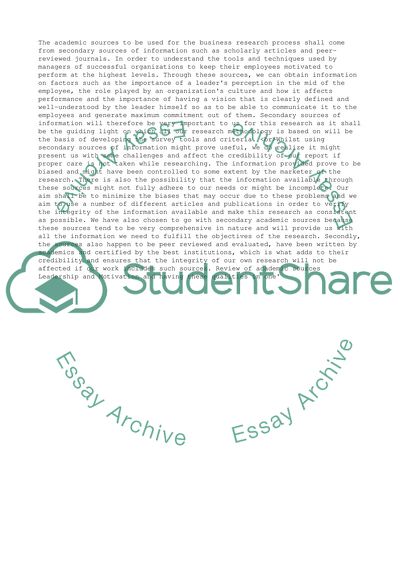Cite this document
(“Applied research methods Essay Example | Topics and Well Written Essays - 3750 words”, n.d.)
Retrieved de https://studentshare.org/management/1390709-applied-research-methods
Retrieved de https://studentshare.org/management/1390709-applied-research-methods
(Applied Research Methods Essay Example | Topics and Well Written Essays - 3750 Words)
https://studentshare.org/management/1390709-applied-research-methods.
https://studentshare.org/management/1390709-applied-research-methods.
“Applied Research Methods Essay Example | Topics and Well Written Essays - 3750 Words”, n.d. https://studentshare.org/management/1390709-applied-research-methods.


